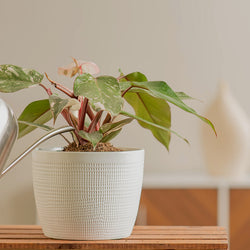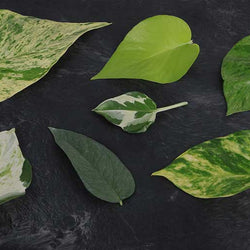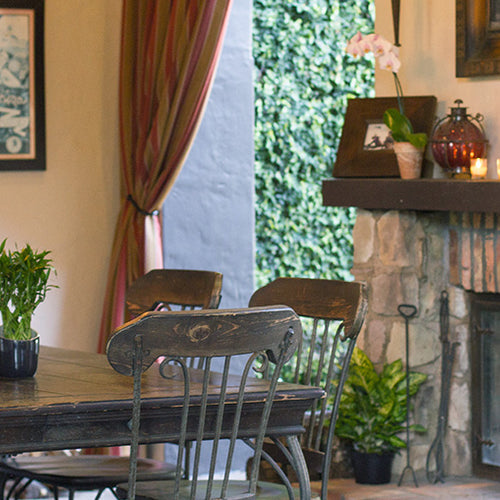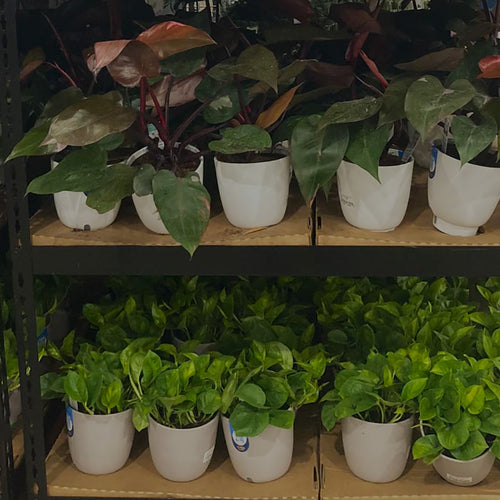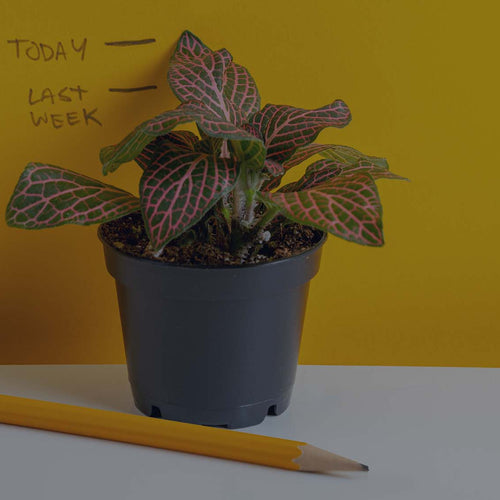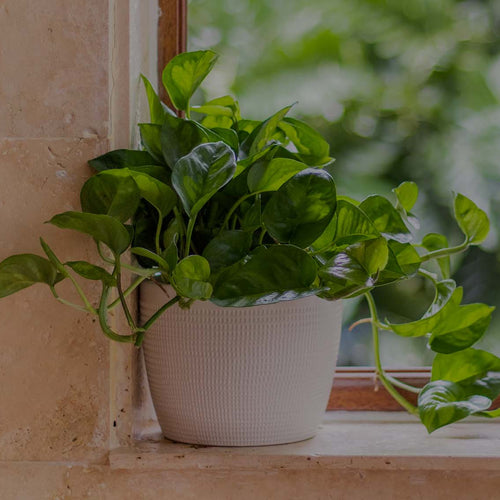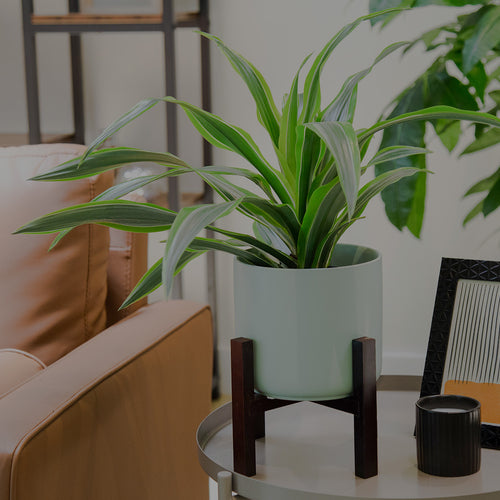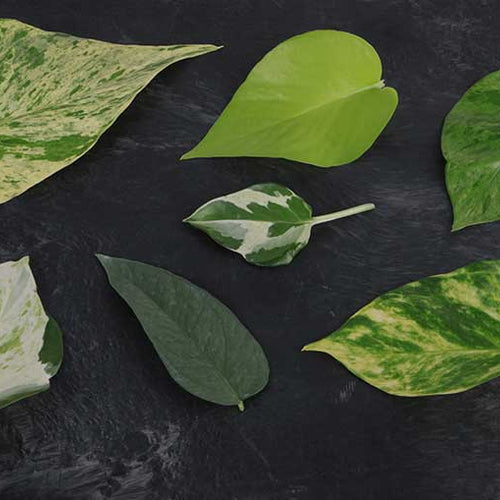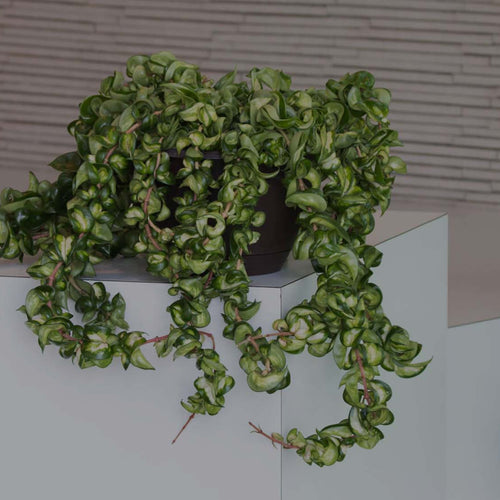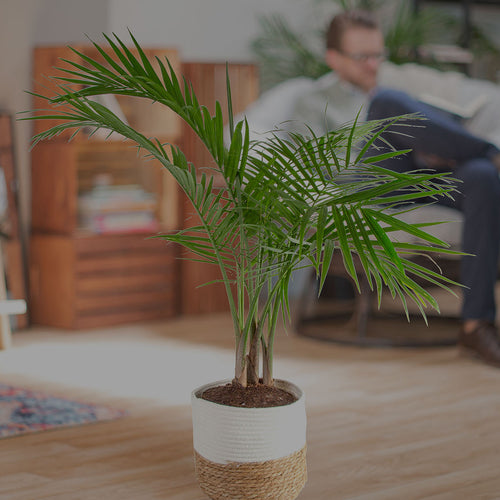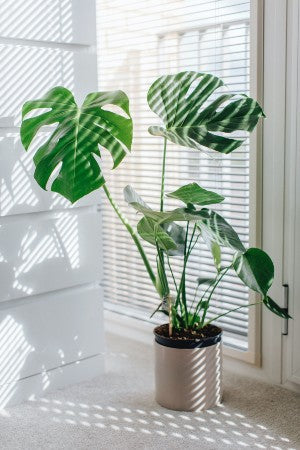
The right light is vital for growing healthy plants indoors. Discover how to measure light intensity in your home using your smartphone.
Water + Fertilizer + Light = Healthy Plants
As every plant owner knows, the magical trio of care elements for raising a healthy specimen is water, fertilizer, and light. In fact, the wrong type of light is the second largest factor in plant failures. (The first is overwatering.) You can measure water easily -- just pour it into a measuring cup and you can see how much water you have. Fertilizer is the same way. But light is less easy to measure.
Plant Placement for Best Light
In the past, plant placement was described best by the relationship of the plant with the direction of the windows in your home. In the northern hemisphere, the strongest light -- high light -- comes from south-facing windows. North-facing windows provide less strong light or low light. East- and west-facing windows offer medium light. But there are also variables, such as shadows caused by outdoor structures (think of city apartments with tall buildings around them) that can change the type of light that appears in your home. The size of the window can also make a difference. It's possible a large glass patio door, for example, might provide more light for a plant than a small south-facing window (especially if there's a large roof overhang or tree nearby).
How to Measure Light
So what if you could measure the light in your home. You can! Thanks to light meters and several smartphone apps, there’s a way to measure light in any room in your home. Let’s learn a new term: foot candle. A foot candle is a measurement unit for light intensity. (It’s sort of like ounces for liquids and pounds for solids.) To geek out on a bigger explanation, a foot candle (FC) is the amount of light to saturate a one-foot square with one lumen of light. Once you know the foot candle measurement of an area of a room, you can determine what kind of plant will best grow there.
Use A Phone App
There are several light meter apps that you can download to your phone. So, I downloaded a free one to see how it works. My living room is on the dark side. On the front and back side of the living room are porches with low overhangs, which block any direct light into the room. The windows on the side of the living room face west. My yard has large trees, so the only light we get in this room is a few bright streams at the end of the day. The foot candle reading on my mantle midday (where I have a small dracaena) measured 100 FC -- the bare minimum of light needed for low-light-tolerant plants, such as ZZ Plant. Dracaenas need medium light -- at least 200 FC. So it's now obvious that I need to move my poor light-starved dracaena to a brighter location.
Match Houseplants to Foot Candles
The intensity measurement for growing plants indoors ranges from 100 to about 800 FC.
LOW LIGHT
100-200 Foot Candles
Low-light sources: Areas of the home that are far from windows, or near windows in heavily shaded outdoor areas. Low light may also be from overhead indoor lights. Note: some plants do well in a range of light conditions, so they will appear in several light requirement lists.
Houseplants that grow in low light:
Bamboo Palm
Kentia Palm
Monstera
Peace Lily
Philodendron
Pothos
Snake Plant
ZZ Plant
MEDIUM LIGHT
200-400 Foot Candles
Medium-light sources: Areas near windows but that receive no direct sunlight. These indoor areas are generally in unshaded north-facing windows or shaded east- or west-facing windows.
Houseplants that grow in medium light:
Peperomia (in photo)
Pilea
Asparagus Fern
Bromeliad
Chinese Evergreen
Christmas Cactus
Corn Plant
False Aralia
Dracaena
Monstera
Orchid
Philodendron
Pothos
Prayer Plant
Rubber Plant
Snake Plant
Spider Plant
Tradescantia
ZZ Plant
Calathea
Lady Palm
Maidenhair Fern
Peace Lily
Staghorn Fern
Zebra Plant
HIGH LIGHT
400-800 Foot Candles
High-light sources: Areas near windows with some direct light softened by a shade or curtain from the inside of the house or foliage on the outside of the house. High light is generally found near unshaded east- or west-facing windows or shaded south-facing windows.
Houseplants that grow in high light:
Jade Plant
Peperomia
Succulents
Hoya
Air Plants
Christmas Cactus
Corn Plant
Kalanchoe
Norfolk Island Pine
Philodendron
Pilea
Pothos
Prayer Plant
Snake Plant
Spider Plant
Tradescantia
ZZ Plant
Read more about finding the right light in your home for your houseplants:
The Light Must be Right
Lighten Up with Artificial Lights
